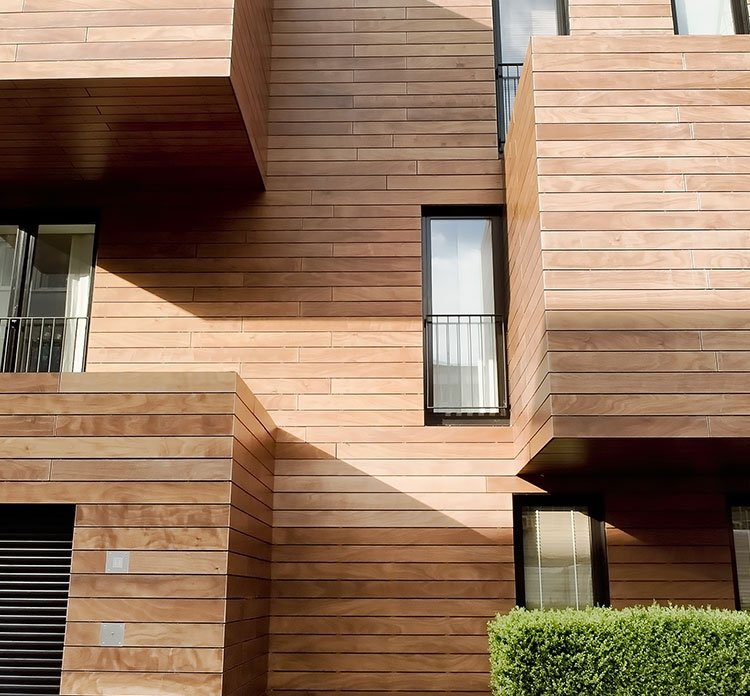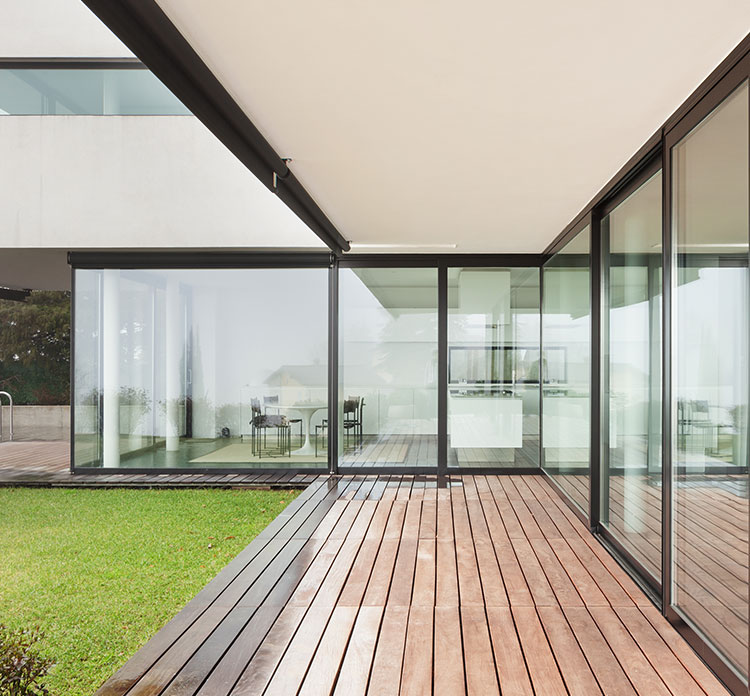3.12 Fast Tracked Project Delivery
- Home
- Our Services
- 3.12 Fast Tracked Project Delivery
All Kinds of Buildings in Schematic or Working Design
Fast-track building construction is a project delivery strategy that starts construction before the design is complete. The purpose is to shorten the time to completion which, if done properly, can save considerable costs.
Shortening construction schedules are desirable for various reasons that vary from client to client. A shorter schedule may reduce a time-to-market, a need to reduce overcrowding or simply provide a new home for a family sooner. Shorter schedules may also reduce the cost of construction financing and reduce overhead costs for the design and construction organizations. Shorter schedules can also reduce the impact of inflation during construction. The fast-tracking of the project is therefore achieved through the integration of design and construction phases. Site work can commence prior to the completion of the overall building design.
Fast-tracking a project can be more difficult to manage than other more traditional delivery systems. It requires detailed knowledge of the process, effective planning, integrity and close coordination among the organizations executing the work. With a fast track project delivery, the contractor is picked early in the process and assists with the design development. Work begins well before the design is even finished. As construction progresses, designers work to keep up with the contractors. In the end, if done properly the fast track project should be finished in much less time than a traditional project.
The main advantages of fast track construction are savings in time and money. The overall design and construction schedules are significantly reduced compared to a traditional project. In addition to reducing the overall schedule, the cost savings can be substantial since prices are not subject to market increases. There also tend to be fewer labor costs due to the compressed schedule. Since fast track projects are more expedited, clients can move in or lease spaces sooner, allowing for income to be saved or accrued quicker. Ultimately, the success of a fast track delivery project comes down to tireless, efficient, open communication between contractors and clients.
Fast tracking projects have the potential to fail if communication is broken or suboptimal between clients, contractors and designers. This leads to poor project execution. Poor execution can result in cost overruns, strained relationships, and schedule delays. Architects and engineers suffer greater risks because there is no cushion between when the design is completed, and construction starts, which means fewer opportunities to discover and solve problems. Another drawback is that design consistency is harder to maintain because work is occurring fast or out of sequence. As a result, a fast track project may require more change orders than using traditional methods. This cost is seen as being offset by the overall savings incurred elsewhere throughout the process.
Overall, a smoothly run and profitable fast track project can happen provided all parties involved are educated about the process upfront, they keep communication lines open throughout the project, they begin with a strong contract and experienced contractors, and they all understand the crucial element of teamwork.


In design, we bring characteristics of the natural world into built spaces, such as water, greenery, and natural light, or elements like wood and stone. Encouraging the use of natural systems and processes in design allows for exposure to nature, and in turn, these design approaches improve health and wellbeing. There are a number of possible benefits, including reduced heart rate variability and pulse rates, decreased blood pressure, and increased activity in our nervous systems, to name a few.
Over time, our connections to the natural world diverged in parallel with technological developments. Advances in the 19th and 20th centuries fundamentally changed how people interact with nature. Sheltered from the elements, we spent more and more time indoors. Today, the majority of people spend almost 80-90% of their time indoors, moving between their homes and workplaces. As interior designers embrace biophilia.

3D modeling
Studio provides a full range
of 3D interior modeling
ROOM MEASUREMENT
Development of iperfect design
of the project
2d planning
We provide 2D planning
for great visualization
What People Say

Anna Paulina
Client of Company
Pablo Gusterio
Client of Company
